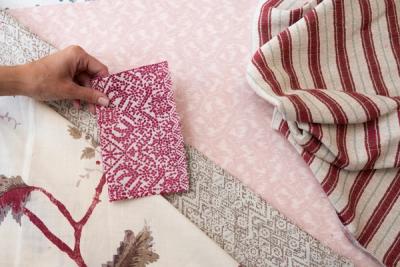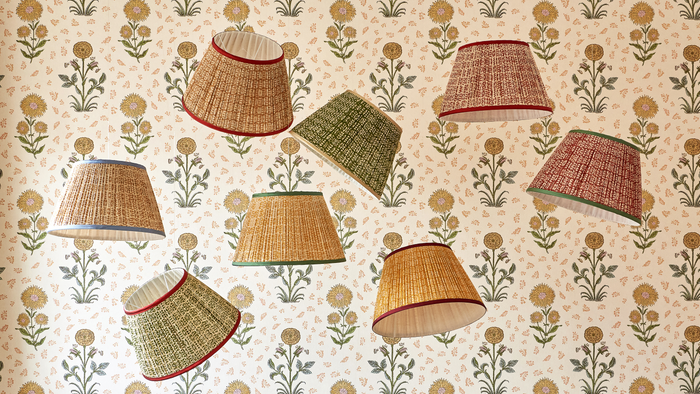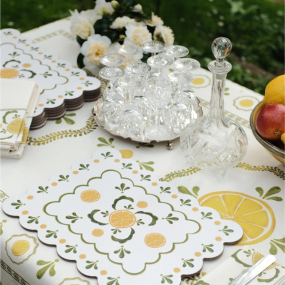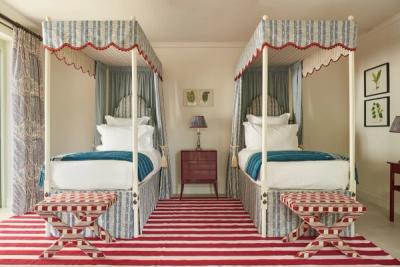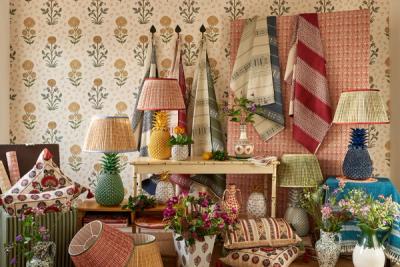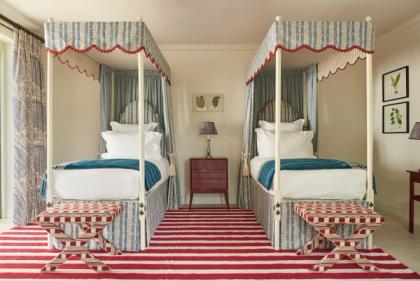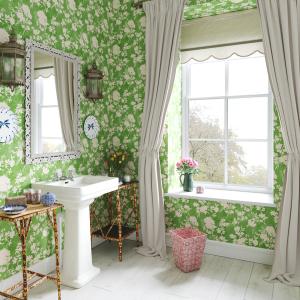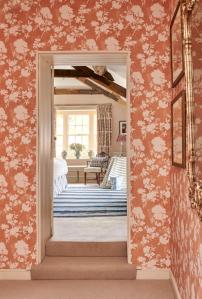Decoration
4 Tips for Choosing Between Solid Colour and Patterned Wallpaper
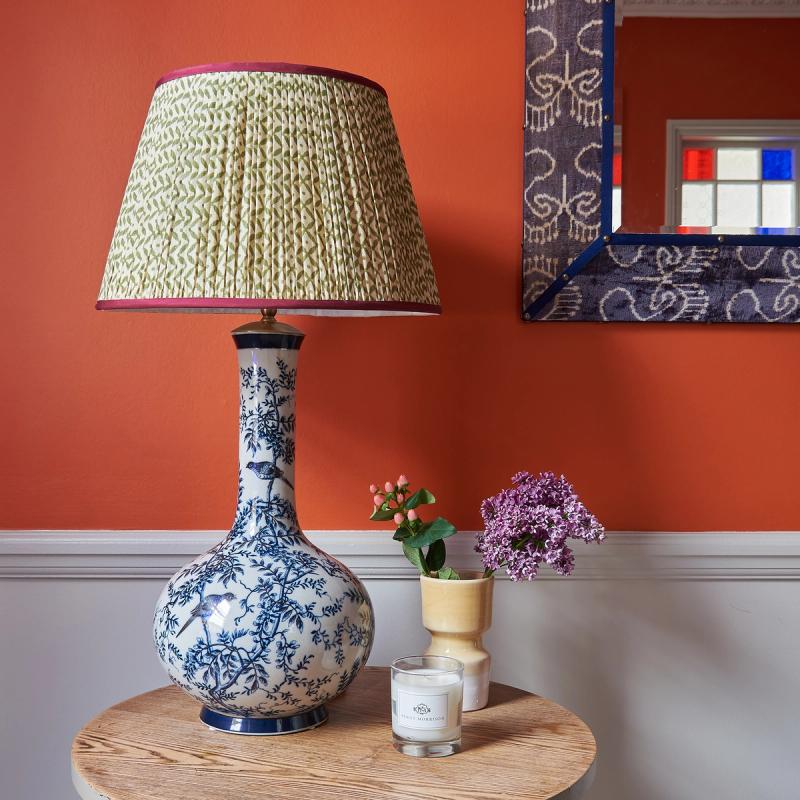
4 Tips for Choosing Between Solid Colour and Patterned Wallpaper
A room lacking colour is the perfect excuse for a renovation and, while the flooring and décor might get a look-in, there’s something unrivalled about the transformative power of a new set of walls.
After all, painting or wallpapering tends to have the biggest impact on a space. There’s nothing like walking into a freshly redone room – the echo of bare walls and floors – and the fresh smell of paint or paste still hanging in the air. It’s the ultimate blank canvas for decorating, and a feeling you never quite get used to.
But how do you settle on the age-old dilemma – paint or wallpaper? Here are our tips.
1. Remember that pattern adds texture as well as beauty
One of the downfalls of paint is that it can cause a room to feel a little flat. Yes, it will offer more flexibility in terms of hanging photos and art pieces on the wall – and that will help with the flatness – but, even so, wallpaper has the edge over paint when it comes to creating dimension and texture.
Some interior designers are exploring alternative ways of bringing texture to a room – for instance, pitted, dragged, and chamois plaster are all seeing a resurgence in popularity – but these options rarely tend to age well, and are harder to replace than wallpaper when the time does come for a change. We tend to prefer the sense of texture introduced by geometric or abstract patterned wallpapers.
2. Consider integrating both into the same room or wall
We’re not breaking new ground by suggestion that you split your room or wall between paint and wallpaper. Feature walls, chimney breasts, or walls that feature both panelling and wallpaper have been popular among interior designers for a very long time, but they’re far too versatile to ever lapse from popular use or look trite or outdated.
Plus, combining a classic technique with a more ‘out there’ colour palette or print is the perfect way to strike a balance between classical and experimental – another evergreen style of interior design that can help a room to feel less flat.
Often, the best paint colour to go with a wallpaper will give contrast, rather than coordination. You can read our guide to matching your paint colour to your wallpaper for more details.
3. Don’t assume you’ll ‘get bored’ of a print
This is something people with more minimalist tastes love to say – that anyone, no matter how much they love a print, will eventually get bored of it.
The thing is, when we get our homes looking the way we want them to look, we don’t scrutinise every element with a designer’s eye every time we walk from one room to the next. A well-chosen pattern will suit the rest of the room enough to feel like a part of the home – and, if we can manage that, it’s not a question of waiting for the boredom to set in.
If you love a pattern and feel drawn to adding it to a room in your home, then that’s what matters.
4. Don’t think of the wall as the be all and end all
It’s very easy to fixate on just the walls when you’re standing in a room going through renovations and specifically asking yourself the question, ‘Paint or wallpaper?’ And, anyway, the walls do have a major impact on the overall impact of a finished room.
But, unless the ‘finished room’ is devoid of furniture, rugs, curtains and accessories, the wall won’t dominate quite as much as you think it will.
While it may sound obvious, it’s important to stop and take the time to picture the room completed, rather than the walls in isolation. Even a bright, bold patterned wallpaper will ‘relax into itself’ when the room is filled with contrasting prints and colours in your textiles, furniture, and décor. You can read about avoiding a clash between your wallpaper and textiles here.
In other words, it’s very easy to home in on this one feature, but a lot harder to pull back out, and take stock of the complete vision you have for the room.
Making the decision to wallpaper or paint your walls isn’t the easiest, but it pays to try to let go of some of the ‘rules’ of interior design that both are attached to. For wallpaper, the idea that you can’t incorporate art or photography onto a papered wall is certainly outdated and too broad to be useful; for paint, on the other hand, it’s the idea that you can’t push the boat out with solid blocks of colour.
More from Decoration



